Research
The Ober lab conducts applied research in wildlife ecology and human dimensions with the goal of gaining a better understand of mechanisms that explain the abundance, distribution, and diversity of forest dwelling wildlife, and to develop recommendations that reduce conflicts between humans and wildlife. The intent of our research is to answer questions that deal with forest management, wildlife ecology, and conservation of imperiled species. Recent research project have addressed the following topics:
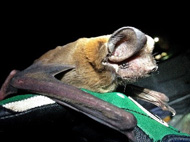 | 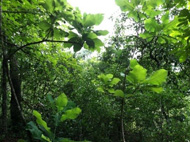 | 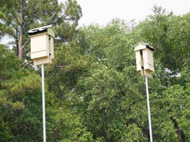 |
|---|
Wildlife habitat use
- Influence of fire on habitat use by the endangered Florida bonneted bat
- Occurrence of the endangered Florida bonneted bat throughout south Florida
- Habitat selection of female Osceola wild turkeys at multiple spatial scales
- Role of prescribed fire in structuring sandhill bat communities in north Florida
- Short- and long-term effects of pine straw raking on invertebrate communities
- Fine-scale movement patterns of Florida bonneted bats
Wildlife productivity
- Demographics of bonneted bats in southwest Florida
- Effects of forest restoration on productivity of red-cockaded woodpeckers
- Predation of gopher tortoise and northern bobwhite quail nests by nine-banded armadillos
Human dimensions
- Perceived benefits of wildlife biodiversity in providing ecosystem services in Florida forests
- Education strategies to promote conservation behavior towards sea turtles in the Florida Panhandle
- Contributions of private landowners to the conservation of gopher tortoises in Mississippi
Nuisance wildlife
- Assessment of biosolids as a temporary deterrent from food plots
- Identification of an attractant for the nine-banded armadillo
- Susceptibility of wildflowers to damage from white-tailed deer
Forest plant ecology
- Factors affecting the distribution of the endangered Ashe Magnolia
- Meta-analysis of forest understory vegetation restoration techniques
Techniques
- Incorporating the use of distance learning when training natural areas managers
- Comparison of supervised learning techniques to classify bat echolocation calls
Ecosystem services
- Role of bats as controllers of insect pests in the Southeast
- Role of flying foxes as pollinators of economically important plants in Sulawesi
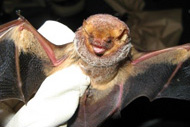 | 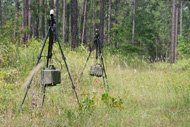 |  |
|---|
